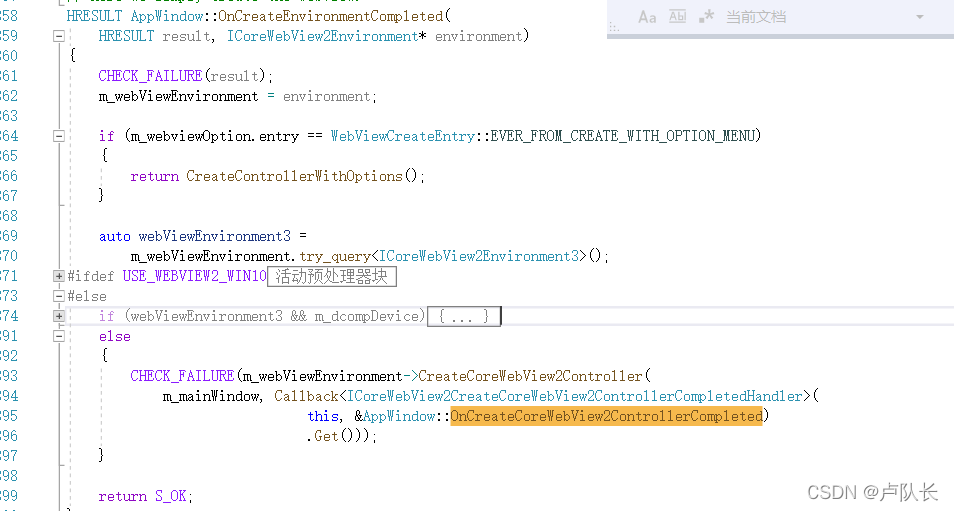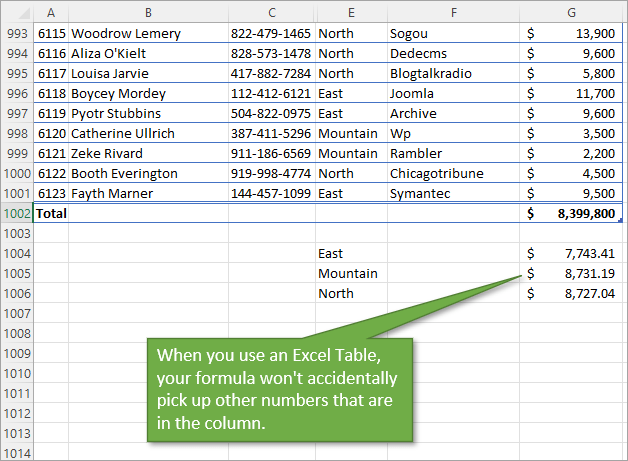Demystifying 'createcorewebview2environmentwithoptions': A 3-Argument Error

The createCoreWebView2EnvironmentWithOptions function in the WebView2 API for Microsoft Edge WebView2 runtime is a powerful tool for developers, offering advanced web content rendering capabilities. However, it can also be a source of confusion and errors, particularly when it comes to handling its arguments. This article aims to demystify a specific error related to this function, known as the "3-argument error," and provide a comprehensive guide to understanding and resolving it.
Understanding the createCoreWebView2EnvironmentWithOptions Function

The createCoreWebView2EnvironmentWithOptions function is a key component of the WebView2 API, allowing developers to create a CoreWebView2Environment instance with custom options. This environment serves as a foundation for rendering web content, providing a secure and isolated context for web pages to run. The function takes three arguments: browserExecutableFolder, userDataFolder, and additionalBrowserArguments, each serving a specific purpose in configuring the WebView2 environment.
Argument Breakdown
- browserExecutableFolder: This argument specifies the path to the Microsoft Edge browser executable. It is crucial for the WebView2 runtime to locate the correct browser version and ensure compatibility. Developers must provide an accurate path to ensure the WebView2 control can launch the intended browser version.
- userDataFolder: The userDataFolder argument points to a directory where the WebView2 control can store user data, including cookies, cached files, and other user-specific information. This argument is essential for maintaining user privacy and ensuring a personalized browsing experience.
- additionalBrowserArguments: This argument allows developers to pass additional command-line arguments to the browser. It provides flexibility to customize the browser behavior, such as enabling developer tools, disabling certain features, or setting proxy settings. The arguments should be provided in a string format, separated by spaces.
The ‘3-Argument’ Error: A Common Pitfall

The “3-argument” error, as it is commonly referred to, occurs when developers mistakenly provide an incorrect number of arguments to the createCoreWebView2EnvironmentWithOptions function. This error often arises from a misunderstanding of the function’s expected argument count or from attempting to pass optional arguments without providing the required ones.
For instance, consider the following code snippet, which demonstrates a common mistake:
// Incorrect usage
createCoreWebView2EnvironmentWithOptions("C:\\Program Files\\Microsoft\\Edge\\Application", "C:\\Users\\[username]\\AppData\\Local\\Packages\\Microsoft.MicrosoftEdge_8wekyb3d8bbwe\\AC\\Data", null);
In this example, the developer has provided three arguments, but the function expects either two or three arguments, depending on the use case. The additionalBrowserArguments argument is set to null, which is incorrect. This will result in the "3-argument" error, preventing the WebView2 control from initializing correctly.
Resolving the Error
To resolve the “3-argument” error, developers must ensure they are providing the correct number of arguments and that each argument is set appropriately. Here are some guidelines to follow:
- Understand the Argument Requirements: The createCoreWebView2EnvironmentWithOptions function requires either two or three arguments, depending on the use case. If you are not providing any additional browser arguments, you should only pass the browserExecutableFolder and userDataFolder arguments. If you need to customize browser behavior, ensure you provide all three arguments correctly.
- Handle Optional Arguments: The additionalBrowserArguments argument is optional, but if you choose to use it, ensure you provide a valid string containing the desired command-line arguments. Passing null or an empty string will result in the error.
- Verify Argument Types: Ensure that the arguments you provide are of the correct data type. The browserExecutableFolder and userDataFolder should be strings representing valid directory paths, while the additionalBrowserArguments should be a string containing space-separated command-line arguments.
- Test and Debug: Always test your code thoroughly and use debugging tools to identify any issues. Pay close attention to error messages and stack traces to understand the root cause of the problem.
Best Practices for Using createCoreWebView2EnvironmentWithOptions
To avoid the “3-argument” error and other potential issues, it’s essential to follow best practices when working with the createCoreWebView2EnvironmentWithOptions function:
- Documentation: Familiarize yourself with the official Microsoft documentation for the WebView2 API. It provides detailed information on the function's arguments, return values, and usage examples.
- Code Examples: Study code examples provided by Microsoft and other trusted sources. These examples can serve as a guide to ensure you are using the function correctly.
- Version Compatibility: Ensure that the WebView2 runtime version you are using is compatible with the version of Microsoft Edge you are targeting. Incompatible versions can lead to unexpected behavior and errors.
- Error Handling: Implement proper error handling mechanisms in your code. Catch and handle exceptions to provide meaningful feedback to users and facilitate debugging.
- Regular Updates: Keep your WebView2 runtime and Microsoft Edge browser up-to-date. New versions often include bug fixes and improvements that can enhance the stability and performance of your application.
Conclusion
The createCoreWebView2EnvironmentWithOptions function is a powerful tool for developers working with the WebView2 API, offering flexibility and control over the WebView2 environment. However, it’s crucial to understand the function’s arguments and usage to avoid errors like the “3-argument” mistake. By following best practices and being mindful of the function’s requirements, developers can leverage the full potential of WebView2 while ensuring a smooth and error-free development experience.
Performance Analysis and Future Implications

The WebView2 API, including the createCoreWebView2EnvironmentWithOptions function, has been well-received by developers for its performance and versatility. The ability to customize the browser environment and render web content within a secure context has proven beneficial for various applications, from web-based desktop apps to embedded web views. As Microsoft continues to enhance the WebView2 runtime, we can expect further improvements in performance, security, and compatibility, making it an even more attractive option for developers.
Furthermore, the future of web technologies and browser-based applications is closely tied to the evolution of WebView2. With the increasing popularity of Progressive Web Apps (PWAs) and the shift towards more powerful and versatile web technologies, WebView2 is poised to play a crucial role in bridging the gap between traditional desktop applications and modern web-based solutions. As developers continue to explore the possibilities of WebView2, we can anticipate exciting innovations and use cases that push the boundaries of what's possible with web technologies.
Additional Resources
- Microsoft Docs: Get Started with WebView2 in WinUI 3
- Microsoft Docs: WebView2 API Reference
- GitHub: WebView2 Samples
What is the purpose of the createCoreWebView2EnvironmentWithOptions function in the WebView2 API?
+The createCoreWebView2EnvironmentWithOptions function is used to create a CoreWebView2Environment instance with custom options. This environment provides a foundation for rendering web content, allowing developers to control and customize the behavior of the WebView2 control.
How many arguments does the createCoreWebView2EnvironmentWithOptions function expect, and what are they?
+The function expects either two or three arguments, depending on the use case. The required arguments are browserExecutableFolder (path to the Microsoft Edge browser executable) and userDataFolder (directory for storing user data). The optional argument is additionalBrowserArguments, which allows developers to pass custom command-line arguments to the browser.
What are some best practices for using the createCoreWebView2EnvironmentWithOptions function to avoid errors like the “3-argument” mistake?
+To avoid errors, it’s important to understand the function’s argument requirements and provide the correct data types. Always refer to the official documentation and study code examples. Ensure compatibility between the WebView2 runtime and Microsoft Edge versions. Implement proper error handling and keep your software up-to-date with the latest versions.



